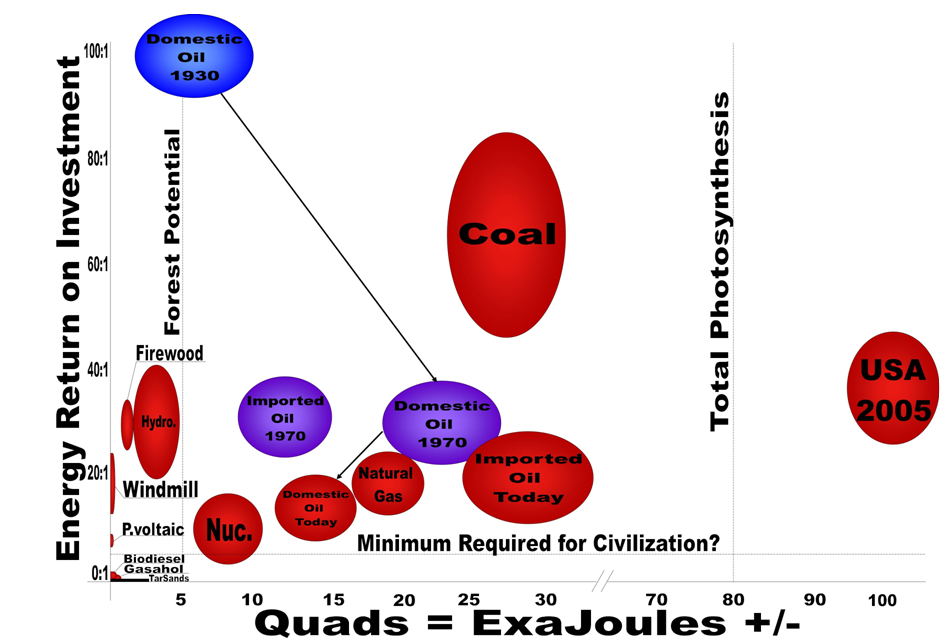But it doesn’t matter because Howard is pretty left. He is actually kind of the beginning of the left in the world but in the US that is pretty leftwing. I am only going to put up so much of this interview because it is really long.
http://www.issues2000.org/2004/Howard_Dean_Energy_+_Oil.htm
Howard Dean on Energy & Oil
Former VT Governor; Former Democratic Candidate for President
Raise CAFE standard from 27.5 mpg to 37.5, including SUVs
Q: Would you increase the required automobile fleet average of 27.5 mpg; and SUVs and pickups averaging 20.7 mpg?
A: I support an across-the-board corporate average fuel economy (CAFE) standard of 37.5 mpg by 2015. This would apply to all passenger vehicles, and would require a closing of the SUV loophole.
Source: Associated Press policy Q&A, “Fuel Efficiency” Jan 25, 2004
Global warming is most important enviro problem we face
Q: As Governor you signed a regional pact to reduce greenhouse gas emissions. Should the nation adopt the same goals?
A: We should find a way to sign Kyoto. It is not perfect and we must include the developing nations, such as Brazil & China, and require them to reduce greenhouse gasses as well. But in the end global warming is the most important environmental problem we face. We can’t follow the head-in-the-sand view of the Bush administration on global warming. We have to deal with it.
Source: Concord Monitor / WashingtonPost.com on-line Q&A Nov 6, 2003
No new nuclear plants until waste disposal is safe
Q: Should we build more nuclear power plants?
A: We can not build any new nuclear power plants until we have a satisfactory way of disposing of the waste. At present, significant questions have been raised about the safety of Yucca Mountain, the disposal site in Nevada. Unless those safety questions are resolved Yucca cannot be opened and new plants must not be built.
Source: Concord Monitor / WashingtonPost.com on-line Q&A Nov 6, 2003
Help developing countries reduce greenhouse gases
Instead of rejecting the Kyoto agreement, renegotiate it so China and other developing countries have more time to reduce greenhouse gases or enlist the G-8 countries to help with the costs of environmental cleanup. Source: New America Foundation/Atlantic Monthly Public Policy Forum Jan 14, 2003
Our energy policy is one of our biggest security threats
One of our biggest security threats is our energy policy. The money which helped finance Osama bin Laden’s attacks was our money. Because of our dependence on Middle East oil, the US sent money to Saudi Arabia, which was used in part to fund the fundamentalist Islamic schools in Pakistan and elsewhere which teach hatred of Christians, Jews and Americans. These schools have become fertile recruiting territory for Al Qaeda.
In Vermont, we have the highest rate of energy conservation in the US America needs an energy policy which stresses conservation and renewables, including wind, biomass, ethanol and solar. Not only is renewable energy good for the environment, it is a core pice of a smarter foreign policy.
Source: Campaign web site, DeanForAmerica.com, “On the Issues” Nov 30, 2002
Voluntary partnerships reduce greenhouse gases economically.
Dean adopted the National Governors Association policy:
Considering the evidence and the risks of both overreaction and underreaction, the Governors recommend that the federal government continue its climate research, including regional climate research, to improve scientific understanding of global climate change. The Governors also recommend taking steps that are cost-effective and offer other social and economic benefits beyond reducing greenhouse gas emissions. In particular, the Governors support voluntary partnerships to reduce greenhouse gas emissions while achieving other economic and environmental goals.
- The Governors are committed to working in partnership with the federal government, businesses, environmental groups, and others to develop and implement voluntary programs that reduce greenhouse gas emissions in conjunction with conserving energy, protecting the environment, and strengthening the economy.
- The Governors urge that those who have successfully achieved reductions of greenhouse emissions receive appropriate credit for their early actions. The Governors strongly encourage these kinds of voluntary efforts.
- The Governors believe that federally required implementation of any treaty provisions, including those that mandate limits or reductions of greenhouse gas emissions, must not occur before the U.S. Senate ratifies an international agreement and Congress passes enabling legislation.
- The Governors support continued federal funding for research and development technology in this area. They also believe it is essential to engage the private sector by fostering technology partnerships between industry and government. Public-private partnerships serve to achieve desired environmental goals, speed the introduction of new technologies to the marketplace, and meet consumer needs and product affordability goals, while avoiding market distortions and job losses.
Source: NGA policy NR-11, Global Climate Change Domestic Policy 00-NGA3 on Aug 15, 2000
:}
More tomorrow.
:}













